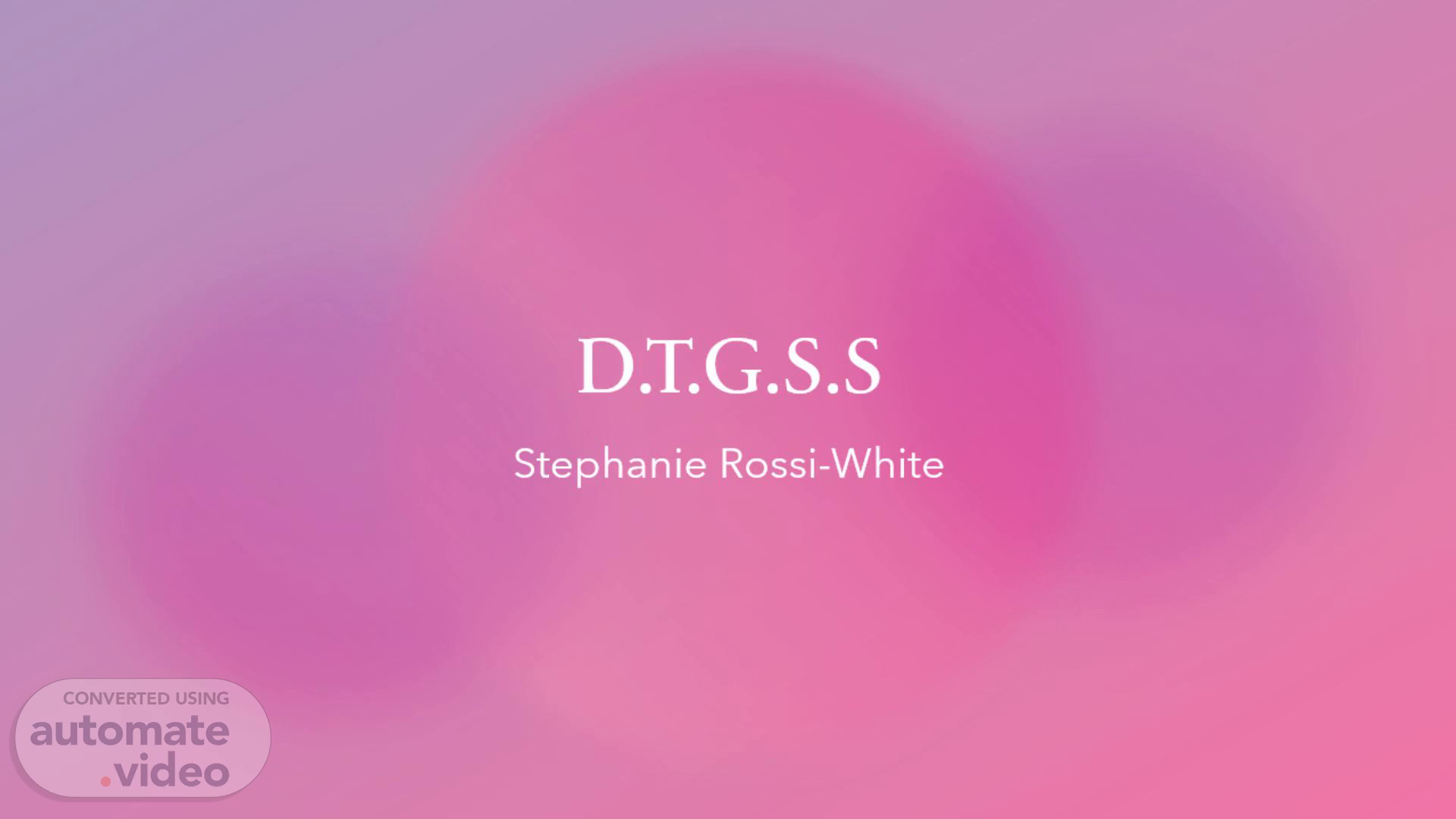
D.T.G.S.S
Scene 1 (0s)
[Audio] The D.T.G.S.S. What It Is and Why It Is important.
Scene 2 (8s)
[Audio] In simple terms DTGSS is the Delaware teacher classroom observation framework. It allows teachers to receive feedback for growth and support from an observation of their quality of teaching. It provides them an assessment of both their strengths and weaknesses. The framework is broken up into 3 performance areas. Each Performance area is follow with an essential question..
Scene 3 (18s)
[Audio] The essential questions are used as guides for the observer to focus on 3 indicators. These indicators describe the performance are at 4 levels and are defined by several descriptors. Descriptors are . The descriptors are put there for the observer to assess how the teacher and students would see in the classroom, during instruction, at each of the 4 performance levels. The observer collect the evidence based of the assessment that was provided by the descriptors of those indicators for feedback to support teacher growth and development..
Scene 4 (49s)
[Audio] Why is it used? The DTGSS Provides Teachers with opportunities to receive ongoing feedback and support for professional growth and student learning goals. The D.T.G.S.S. was designed to use ongoing observation, feedback, and support to drive teacher growth. In D.T.G.S.S, teachers consistently reflect on current practice as well as set new goals for improvement that benefits both students and teachers.
Scene 5 (1m 17s)
[Audio] Four Performance Areas drive D.T.G.S.S. Each Performance area outlines a key element of teaching and learning that is critical to student success..
Scene 6 (1m 36s)
[Audio] Performance Area #1 Learning Environment: To what extent does the classroom environment support all students to learn? Indicator 1.1 Structures for Learning Covers the following Routines and procedures Behavior expectations Instructional time Student Behavior.
Scene 7 (2m 24s)
[Audio] Above is an example of indicator and descriptors.
Scene 8 (2m 40s)
[Audio] In this slide we see how a teacher can get a level 3 or 4 in the DTGSS some quick things for learning environment are Make sure student-teacher interactions are positives Make sure students are engaged. Make sure students understand Routines, Procedures and norms Students understand and engage others to follow appropriate behavior, procedures, and rules Students can encourage and help others in the learning process Create a diverse Learning Environment Make sure to use explicit instruction and making sure the learning is student centered are all great choices. If you look at the slide you can see some more things that can help you achieve a higher level..